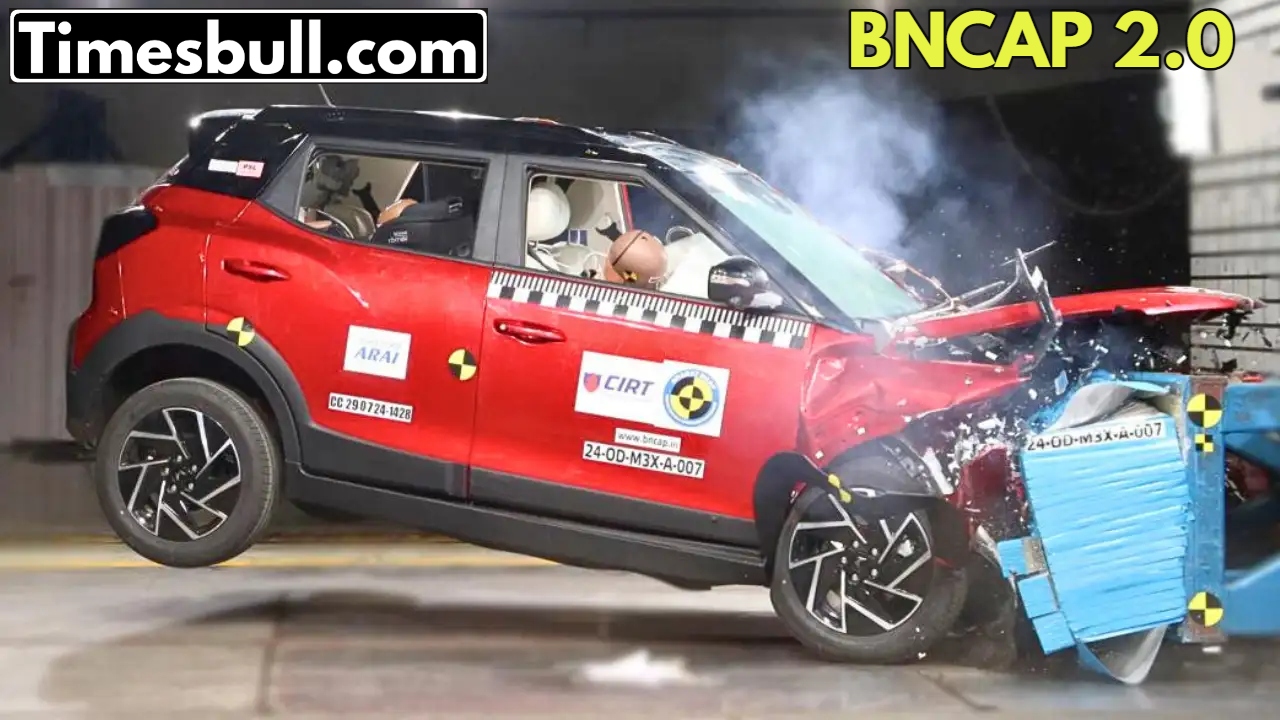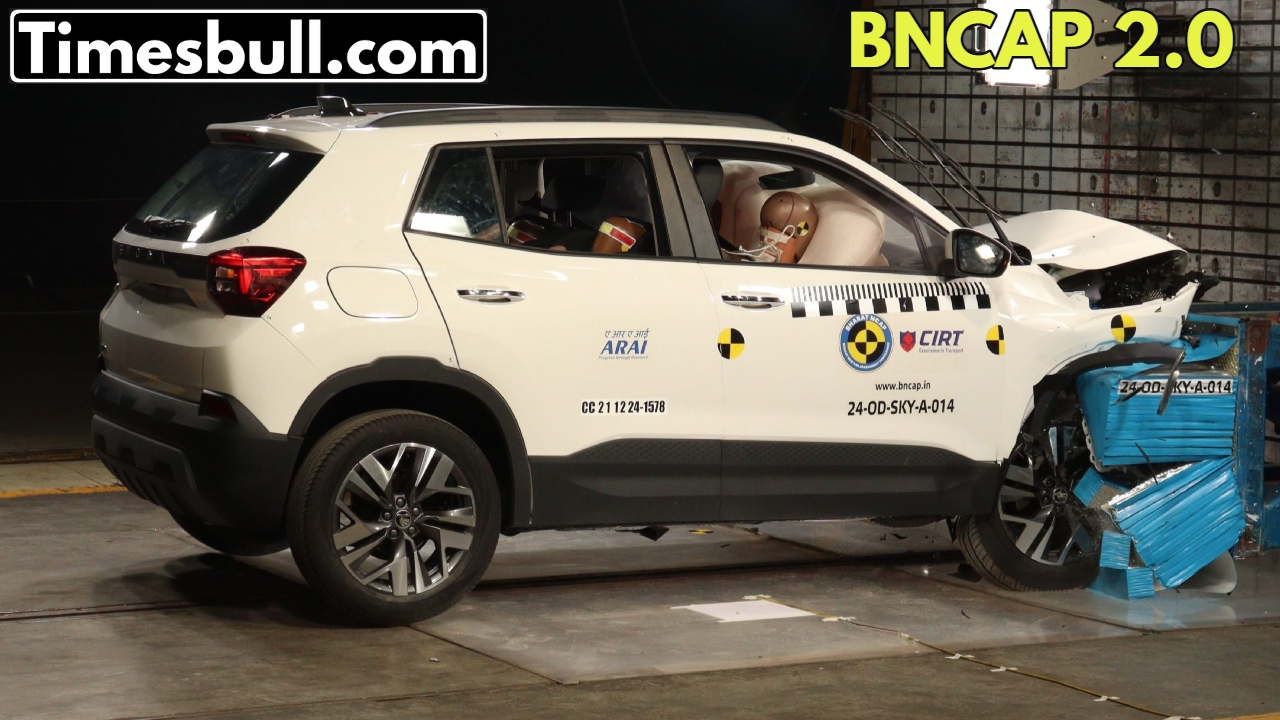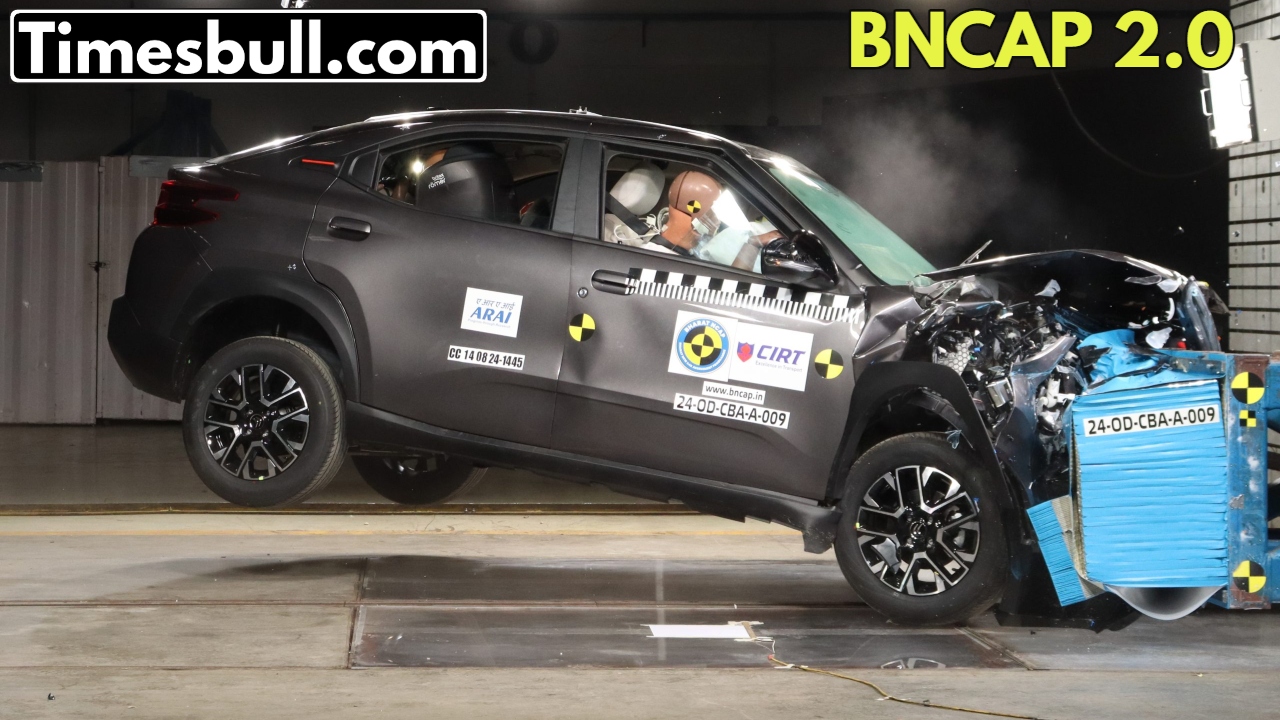BNCAP 2.0: Soon there is going to be a big change in the BNCAP crash test. Bharat NCAP currently tests vehicles on three parameters, but soon it is preparing to start testing vehicles with new parameters. What kind of change is going to happen in testing and from when will the testing of vehicles with new parameters be started? Let us know.
The strength of vehicles sold in India was earlier tested by Global NCAP, but then Bharat NCAP (Bharat New Car Assessment Program) started giving safety ratings to cars in the country itself. Now it seems that BNCAP is preparing to bring version 2.0 soon, with the new version, the strength of vehicles will be tested under new parameters.

The most important thing is that while giving a safety rating to the car, preparations are being made to evaluate the Advanced Driver Assistance System i.e. ADAS technology while giving a safety rating. ARAI Deputy Director and Head Technology Group and Head of Digital Twin Lab Ujjwala Karle has given this information during the ADAS show held recently in Bengaluru.
When will BNCAP 2.0 start
Bharat NCAP was launched two years ago to evaluate the safety rating of cars made in India. BNCAP currently evaluates Indian vehicles mainly under three parameters, including adult occupant safety, child occupant safety, and safety assist technology (automatic braking and lane assistance). ADAS will also be included in the safety rating while giving safety ratings to vehicles and BNCAP 2.0 is expected to be implemented by 2027.

What is ADAS
ADAS is one of the latest modern safety technologies incorporated in vehicles sold in India. Big car brands like Tata Motors and Mahindra are working with global manufacturers to provide this feature and this feature is being incorporated in vehicles.
Cameras, sensors, and radar technology are used to help prevent road accidents. Most Indian cars equipped with this technology offer Level-2 ADAS that includes safety features such as blind spot monitoring, lane-keeping assistance, adaptive cruise control, and emergency braking.
